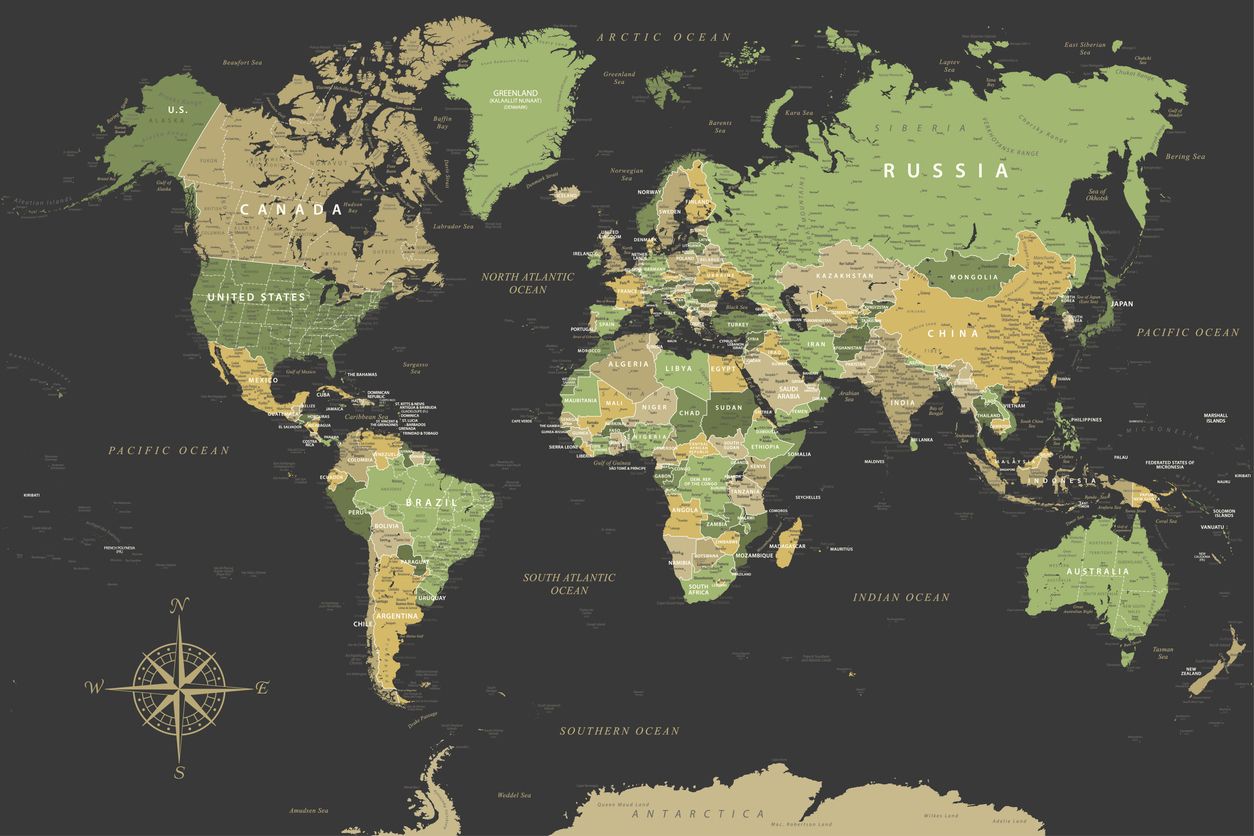
 Priyesh Ghamandi
Priyesh Ghamandi
As digital products reach global audiences, a key question arises: how should they be priced across different markets? Enter Purchasing Power Parity (PPP) — a concept that enables businesses to set prices based on local economic conditions, making products more affordable and accessible worldwide. For digital products, where there are no physical distribution costs, using PPP can be a powerful tool to boost accessibility and growth in emerging markets.
Purchasing Power Parity is an economic theory that compares the relative value of currencies based on the cost of a standard set of goods or services in different countries. In simpler terms, it considers how much a currency can buy within its own country compared to another. PPP enables businesses to understand the true "buying power" of customers in various regions, adjusting prices to match local economic conditions.
For example, if a software subscription costs $20 in the United States, PPP might suggest pricing it at a lower cost in an emerging market to reflect the local purchasing power and make it accessible to more users.
Digital products such as software, online courses, and digital content have unique characteristics that make them ideally suited for PPP-based pricing. Here’s why:
Digital products can be distributed instantly and globally without the physical logistics of shipping or manufacturing costs. This scalability makes it possible to offer products worldwide but also requires a pricing model that makes sense for diverse economic conditions.
Using PPP helps make digital products affordable in regions where the standard price might otherwise be out of reach. By setting prices based on local purchasing power, businesses can increase accessibility and expand their customer base, particularly in markets with lower income levels.
Affordability is a significant factor in customer acquisition, especially for subscription-based digital products. When prices are set according to local economies, customers are more likely to buy and stay loyal to your brand, knowing they’re getting fair value.
Implementing PPP-based pricing for digital products involves gathering data on income levels, local purchasing power, and currency exchange rates for each target market. Here are the steps involved:
Using PPP in pricing strategies can transform the reach and impact of digital products. Here are some key benefits:
By setting prices aligned with local purchasing power, businesses can enter markets they might otherwise miss. This inclusivity allows businesses to capture market share in regions where they may face competition from local alternatives.
When digital products are priced beyond the reach of local consumers, piracy and unauthorized access become more common. PPP pricing reduces this risk by making legitimate access more affordable.
Offering fair, affordable pricing based on economic conditions fosters goodwill and positive brand perception. Customers appreciate brands that consider their local reality, leading to stronger brand loyalty and increased word-of-mouth recommendations.
While PPP pricing offers numerous benefits, it also comes with some challenges:
Consider a popular online learning platform that originally set a fixed price for all users. While it saw significant uptake in high-income markets, engagement in emerging economies was limited due to affordability issues. By implementing PPP-based pricing, the platform reduced its subscription costs in lower-income regions.
The result? A 40% increase in overall sign-ups and an influx of new users from previously underrepresented regions. The platform not only grew its customer base but also fostered goodwill and increased brand loyalty among international users.
If your digital product serves a global audience, PPP-based pricing can be a highly effective strategy. It’s especially valuable for SaaS, online education, digital media, and other subscription-based services that aim to reach diverse economic markets.
In a globalized digital economy, pricing isn’t just about setting a number; it’s about understanding and respecting the economic conditions of your users. By adopting purchasing power parity in pricing strategies, digital product businesses can foster inclusivity, maximize global reach, and build a more loyal customer base. As more digital products embrace PPP, accessibility will improve for millions worldwide, creating a more connected and equitable digital marketplace.
Unlock the power of location-based pricing and grow your global reach.
Learn how to grow your business with our expert advice.

 Priyesh Ghamandi
Priyesh Ghamandi
 Shweta Rathod
Shweta Rathod
 Priyesh Ghamandi
Priyesh Ghamandi